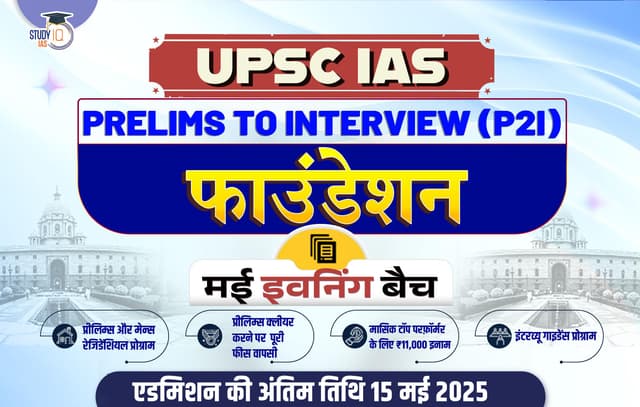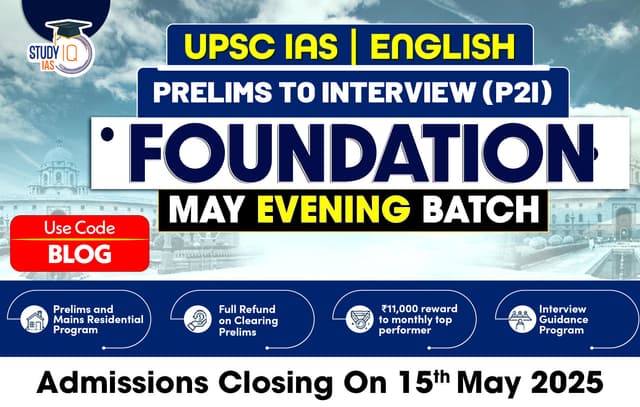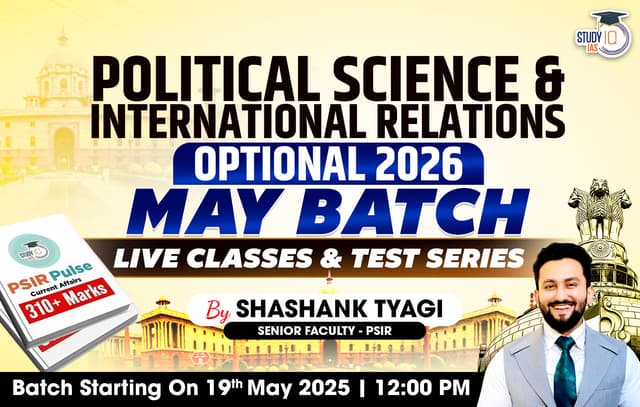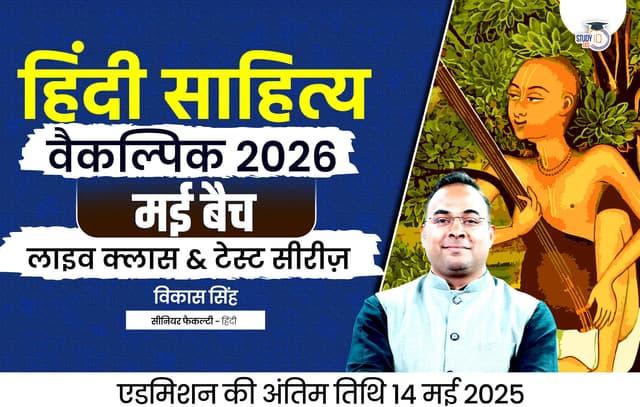Table of Contents
This ongoing situation is largely attributed to the United States blocking the appointment of new AB members, a stance that has persisted across multiple administrations, including those of Barack Obama, Donald Trump, and Joe Biden.
The WTO’s Foundational Promise (1995)
- Origins and Vision:
- Established in 1995, transitioning from GATT (1948-1994) to a rule-based system.
- Introduced comprehensive trade rules for goods, services, and intellectual property.
- Two-tier dispute settlement system with an appellate function, compulsory jurisdiction, and effective retaliation mechanisms.
- Neoliberal Influence:
- Reflects the rise of neoliberal ideology in the 1990s.
- Scholars viewed the WTO as a constitutional project, prioritizing international law over international politics.
- Described as the “thickening of legality” in trade by Celso Lafer, former WTO dispute settlement chairman.
The Unravelling of the WTO System
- China’s Role:
- Joined the WTO in 2001, supported by the U.S., expecting China to adopt free-market principles and abandon state-led industrial policies.
- This expectation did not materialize, and the U.S. believes China exploited the WTO system to its advantage.
- S. Reaction:
- The U.S. views the WTO as an impediment to addressing China’s challenge.
- The Trump administration imposed a 25% tariff on Chinese products in 2018 in violation of WTO rules.
- Trump’s promises of additional tariffs suggest a return to protectionist policies.
Current Challenges
- Operational Inefficiency: While WTO panels continue to operate and resolve disputes at the first stage, appeals to the non-functional AB have rendered these decisions ineffective.
- Political Dynamics: The anticipated return of a protectionist Trump administration could further complicate matters for the WTO and its dispute resolution mechanisms.
- Lack of Resolution Mechanisms: Since 2019, cases appealed to the AB remain unresolved, creating a “legal void” where winning parties cannot enforce their rights under WTO law.
Attempts at Reform
- Multi-Party Interim Appeal Arbitration Arrangement (MPIA): In response to the AB’s paralysis, some WTO members established the MPIA in 2020 as a temporary solution.
- However, it has only settled one case over 4 years and has seen limited participation.
- Molina Process: Following commitments made at the 12th Ministerial Conference (MC12) in June 2022, discussions have been ongoing to reform the entire dispute settlement system by 2024.
- The U.S. has actively participated in these discussions under Marco Tulio Molina’s facilitation.
Future Outlook
Despite efforts to reform and revitalize the dispute settlement system by 2024:
- The effectiveness of these reforms remains uncertain due to unresolved issues surrounding the AB.
- There is a growing sentiment among international lawyers that rather than a crisis, there is a regime change occurring within international trade relations—moving away from legally binding commitments back towards more diplomatic negotiations reminiscent of the GATT era.

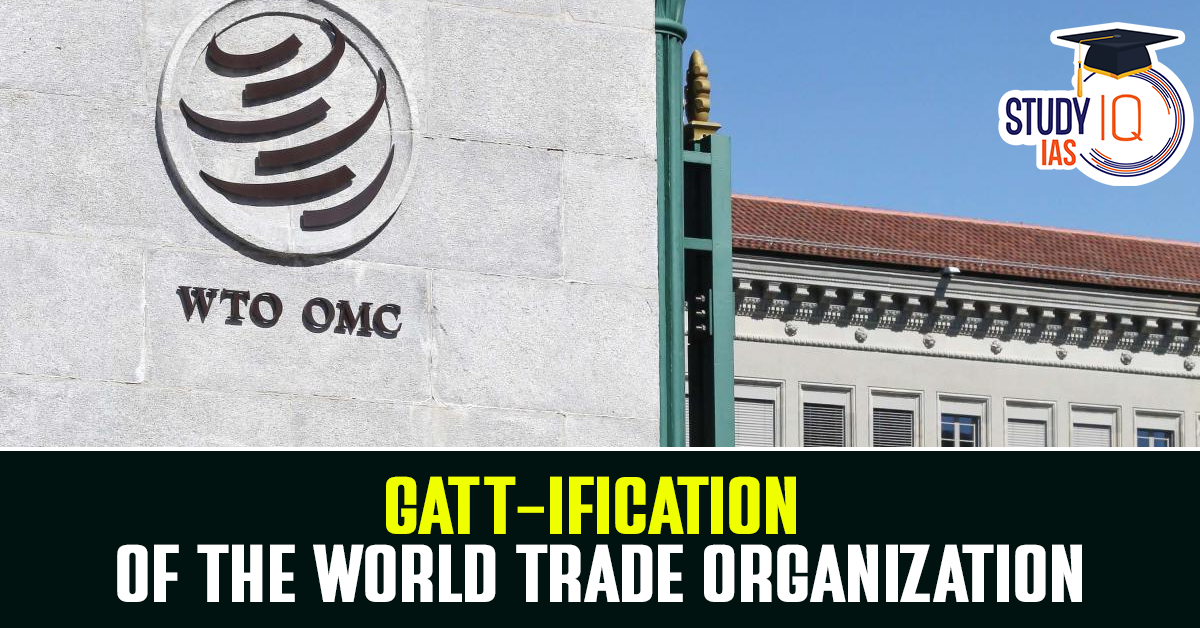
 India Shot Down Pakistani F-16 Jet Amid ...
India Shot Down Pakistani F-16 Jet Amid ...
 Akashteer System, Purpose, Benefits, Sig...
Akashteer System, Purpose, Benefits, Sig...
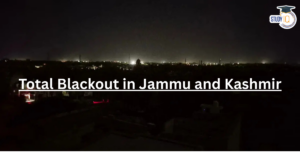 Total Blackout in Jammu and Kashmir Afte...
Total Blackout in Jammu and Kashmir Afte...


